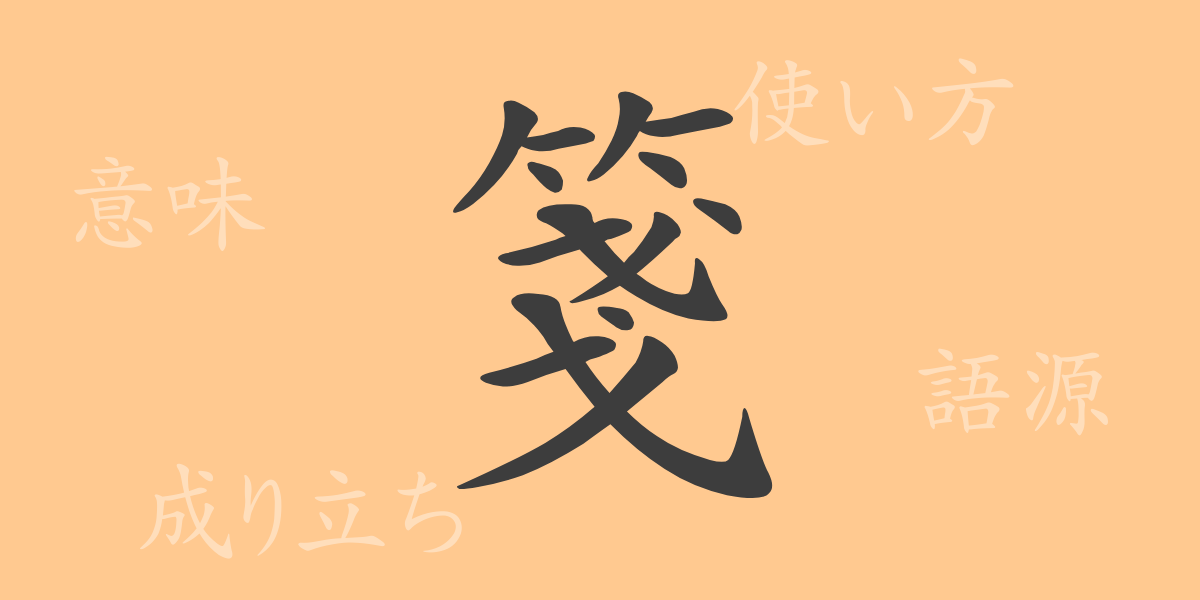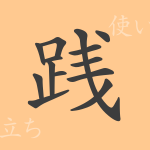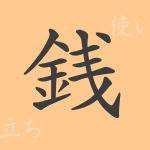Japanese written culture has evolved uniquely over time, where kanji are used to convey a wide range of information and are known for their beauty and complexity. One such kanji is “箋” (せん), which might not frequently catch the eye in daily encounters yet plays a significant role in various contexts within Japanese culture. This article explores the origins, meanings, and usages of “箋”, and delves into the idioms and phrases associated with it.
Origins of 箋
The kanji “箋” originated in ancient China as a character representing a piece of paper used for writing documents or records. Its etymology combines “竹” (bamboo), signifying the traditional material for writing, linked by threads depicted by the component “糸”, reflecting the ancient method of binding bamboo slips for writing. Over time, the form evolved to represent paper, but the essential use as a medium for writing has been preserved through the ages.
Meaning and Usage of 箋
“箋” refers to a piece of paper used for writing letters, notes, or documents. It is also used in specific contexts like “薬箋” (medicine prescription) and “校箋” (scholarly annotations), which designate papers used for specific types of information. Despite the decline in the use of physical “箋” due to digital communication technologies, it still holds significant roles in official documents and traditional cultural practices.
Readings, Stroke Count, and Radical of 箋
“箋” is recognized within the Japanese Joyo kanji system, reflecting its continued relevance.
- Readings: The on’yomi (Sino-Japanese reading) is “セン”; there are no commonly used kun’yomi (native Japanese readings).
- Stroke Count: “箋” consists of 15 strokes.
- Radical: The radical is “⺮” (bamboo), indicative of its origins and association with traditional writing materials.
Phrases, Idioms, and Proverbs Using 箋
Idioms and phrases that include “箋” often relate to its form and function. For example:
- 薬箋 (やくせん): A prescription paper.
- 校箋 (こうせん): A paper used for annotations and corrections.
- 手紙箋 (てがみせん): Special paper used for writing letters, highlighting its use in personal communication.
These expressions demonstrate the rich expressiveness of the Japanese language and the specific applications of “箋”.
Conclusion on 箋
Through this exploration, we have gained insight into the historical background and contemporary relevance of the kanji “箋”. Although the use of physical paper has declined in the digital age, “箋” continues to be embedded in our lives as a means of conveying information and as a cultural symbol. Understanding this context allows us to appreciate the depth and significance imbued in each character of the Japanese language.

























